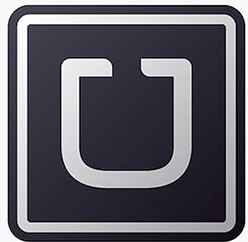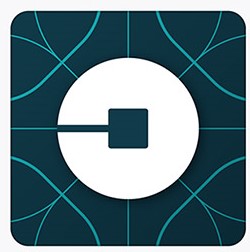The first time I used the Uber app, I wasn’t quite sure I was doing it ‘right’. Maybe you felt that way, too? When the service began, people were unsure it would take off: ‘Who’s going to get into a stranger’s car?’ ‘How can we trust the payment processing?’ Etc. People were skeptical. And with due reason. But, today, in most cities, it’s a commonplace service. And part of the reason has been their successful branding.
But like all branding stories, there are bumps along the way. Not all of Uber’s campaigns were successful. Today, we’ll look at one company (Uber, of course) and assess two rebrands that had vastly different results. Analyzing two rebrands by the same company gives us a good take on what works and how to keep your rebrand strategy in line with your overall company ethos and general vision.
A rebrand can have a massive impact on a company’s exposure, boost sales, and customer engagement. But like anything that can have a big positive impact, there’s also risk involved. And the risk is that the rebranding campaign yields a negative result. This is why branding case studies are so powerful. They help you mitigate risk and make smart decisions about your branding and business.
So, let’s look at two of Uber’s rebrands, one in 2016 and another in 2018.
Uber’s 2016 rebrand
Their intention with this rebranding was to reposition themselves in the marketplace as more than just a ride-sharing company. They wanted to communicate their vision to grow within the technology space.
What did they do?
1. Animated video campaign
They rolled out a high-end production video, with a complicated mission statement. The vide showed bits and atoms, which were meant to represent technology and people. It was an innovative idea, but too complex Their intention was to show they were repositioning from just a ride-sharing app to a more robust technology company.
2. Logo change
They changed their logo from what looks like the letter ‘u’ to a backward ‘c’.
Before: After:


How the rebrand failed
1. The animated video missed the mark. People couldn’t understand the message they were trying to portray. The feedback was that the ‘bits and atoms’ message was too complex of a visual to understand how that relates to Uber and ride-sharing.
2. The logo was hard to identify. Customers find the Uber app on their phone and then book the service. But if the app is not quickly identifiable, people get annoyed. Many Uber vehicles are booked when customers are out late at night, and so their skill of discernment is not a as sharp. They complained that they couldn’t quickly and easily find the app when they needed it.
Uber’s 2018 rebrand
This time they had a simpler focus: movement. The rebrand was focused around the idea of moving forward (and, aptly, forgetting the past). They integrated that into their logo, brand assets, and images on their site.
Here’s the 2018 logo rebrand:

Why the 2018 rebrand worked
Simplicity works. In business, when in doubt, choose the simpler option. Of course, the simple-minimal look isn’t right for every brand. This is why it’s important to know your brand personality. But, in this case, it was a fit.
Also, the new logo eliminated the confusion they had prior. This time they spelled out the word ‘Uber’, instead of trying to use a ‘u’, which wasn’t working well prior.
What you can learn from Uber’s rebrands
Don’t complicate your rebrand. It’s good to get creative but remember the purpose of the rebrand. Your audience and the marketplace will be assessing your rebrand and it’s their response that matters most. Be sure to thoroughly know your customers and the current trends in the marketplace. This will help you create a sound rebranding strategy.
Ready for a rebrand? It’s an excellent way to reposition your business in the market and boost audience engagement and sales. Contact me to schedule your brand strategy consultation.
